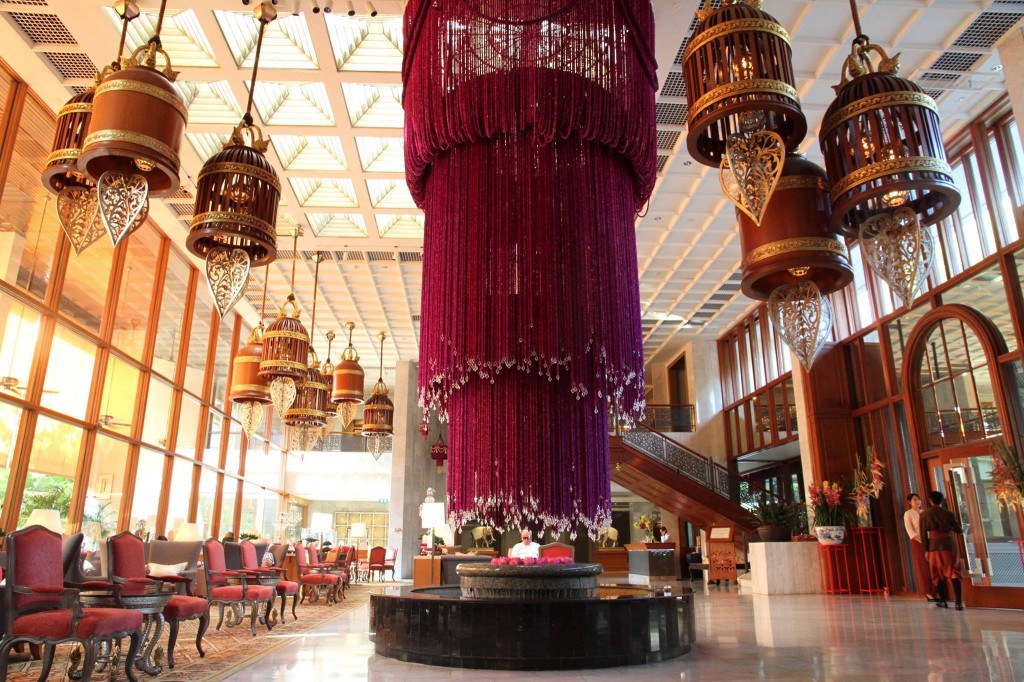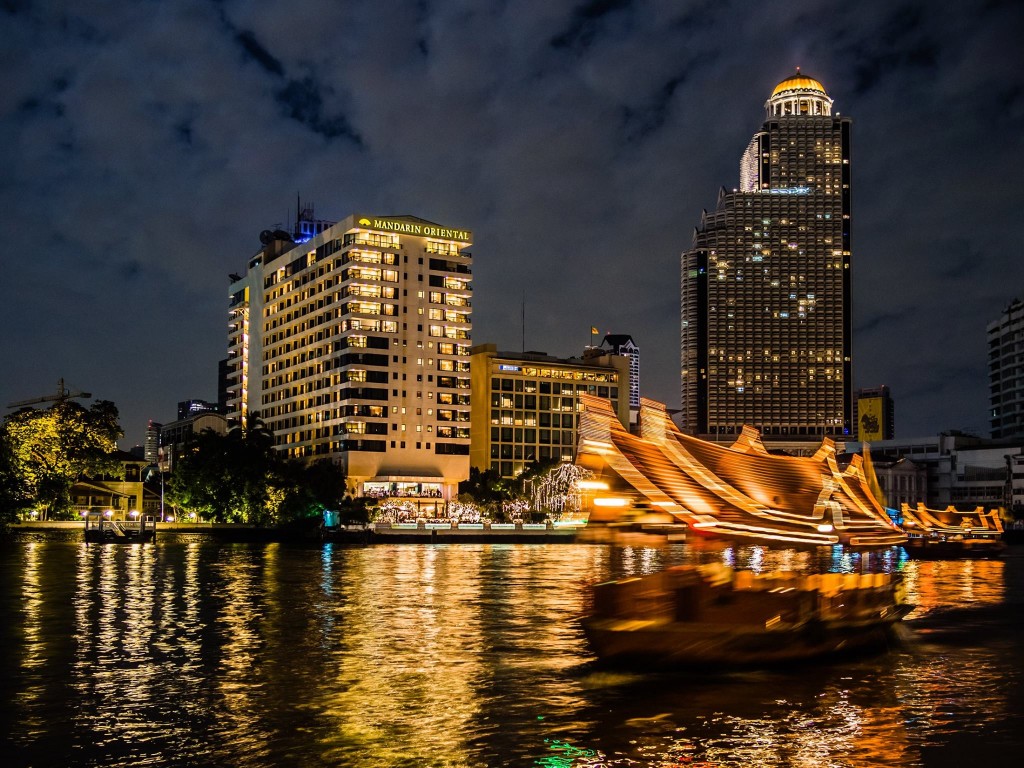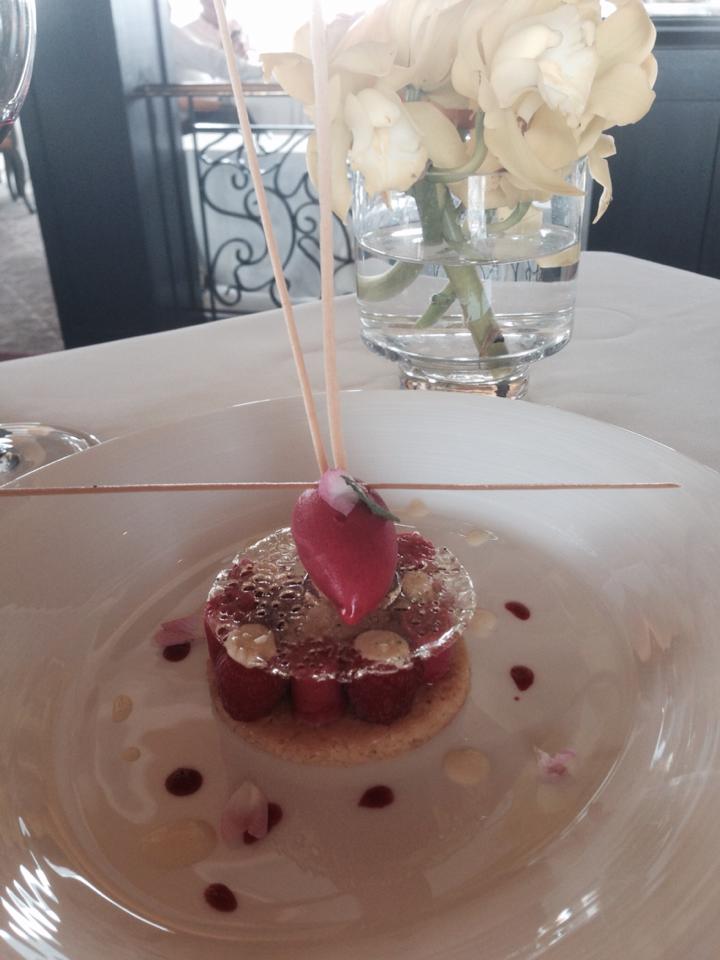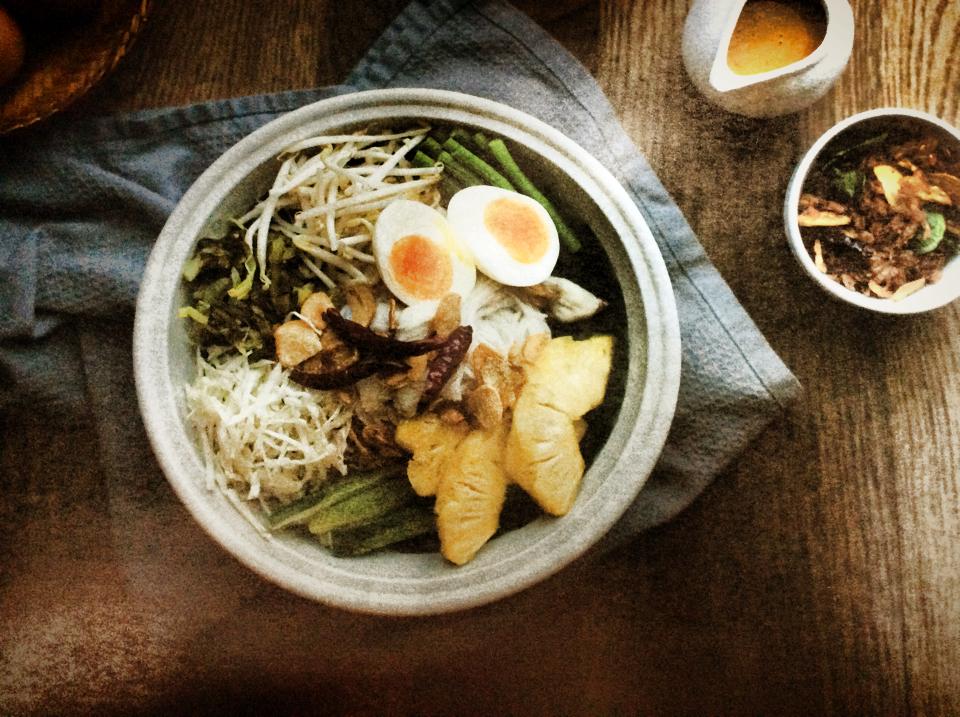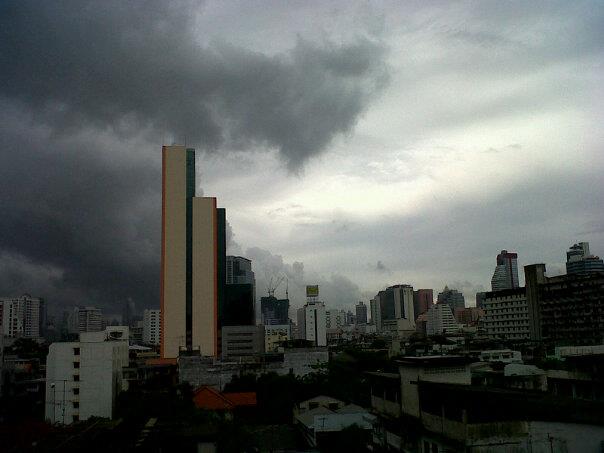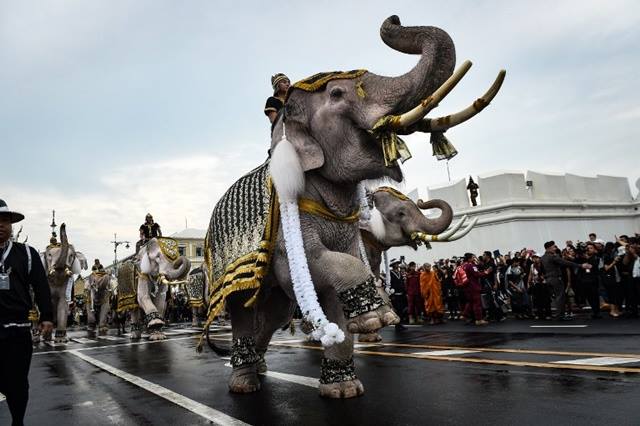
Bangkok. The City of Angels
By feature reporter Jens Hoffmann
A spectacular country, the Gulf of Thailand, tropical vegetation, breathtaking spiritual moments.
Sawasdee Thailand, always smooth as silk.
I used to live and work here for three years. Our condo was in Bangkok Sathorn Soi 1, next to the Lumpini Park and next to the German embassy.
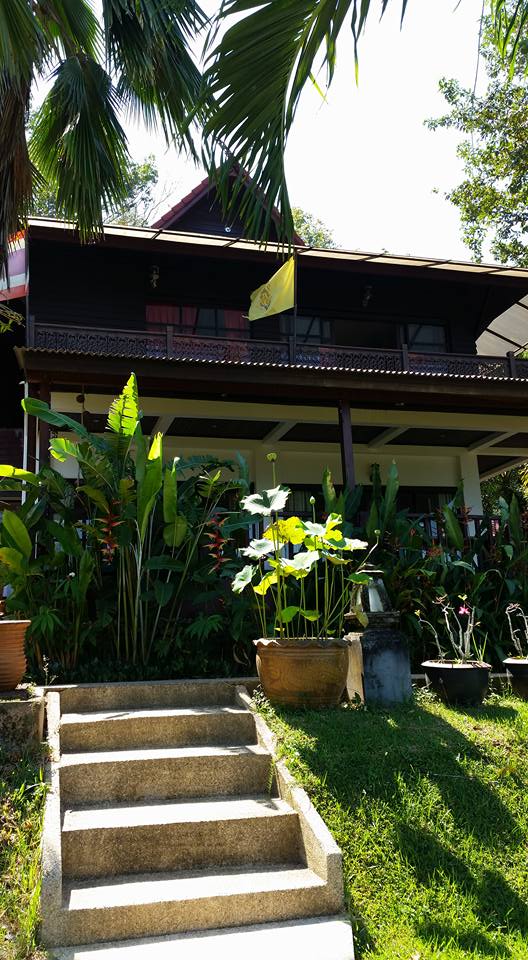
The city became my favourite destination for joy & living, working and fresh starts.
Bangkok can be wild and smooth. I tell you how to make the most of Thailand’s capital, filling your days with street food, impressive temples and fantastic hotels but also smooth as silk.
For old town charm you must check into the legendary Mandarin Oriental.
The authors wing built in 1876 and each suite in the so called Authors Wing is designed according to the authors’ personality within the written page.
In the hotel works 1200 employees, the most important asset the China House was re-opened after an extensive redesign in trendy design.
Since the 18th century royalty, dignitaries and distinguished travellers have all followed the legendary Chao Phrya River through the heart of Bangkok to the doors of it,
the rooms and suites are sumptuous. The restaurants and bars are in a class of their own. You should try a thai massage and the spa is really unbelieveable. All are rich in history, filled with the stories of the celebrated guests who have made this hotel an essential stop on their world travels for over a century.
Sommerset Maugham was here and he enjoyed the differences eg. the bathrooms were fitted with most modern amenities provided at the time. Even the king had some representatives sent from the palace to copy his luxury and the legendary Jim Thompson was here hotel director.
Bangkok was “the Venice of the east” for a reason.
Built upon water, its river and canals (khlongs) formed the thoroughfares until roads were constructed in 1851.
Our tips, to do’s besides the Soi Cowboy, night market visitors often regard boating as their most rewarding city experience, even though the ‘Venice of the East’ label barely applies any longer, since most Bangkok canals have been lost to road-building. Yet khlongs still thread through the Thonburi west bank and branch into the plantations of Nonthaburi, stretching on throughout Thailand’s Central Plains, connecting rivers, rice farms, towns, temples or just take a local boat for 10 Baht.
Exploring the waterways requires some strategy. The rule to bear in mind is that the longer you spend, the greater the value and rewards. A half-day enables you to see the mostly urban canals of Thonburi, now heavily scarred by concrete flood barriers, because this delta instinctively wants to overflow. A full day takes you upriver and into a rustic canalscape barely modernised – though riparian lifestyles are changing fast.
For sure, eat local and escape the tourist menus.
Bangkok’s position, between India and China, encouraged its cooks to borrow from both – and beyond. And yet, the Central Plains cuisine remains singular in its style and complexity, and is served by most upscale Thai restaurants. This is Thailand’s most elevated culinary form – making use of fresh local herbs, seafood and meats in piquant salads, spicy soups and that famed red, yellow, green curry.
Regional menus have their niches, especially the salads, grilled meats and sticky rice of Isaan, Southern Thai dishes exhibit their pungent spiciness at Ruen Mallika. Lanna food, influenced by Burma and Yunnan, is found at food markets.
The owner of suave Thai restaurant Ruen Urai suggests exploring Bangkok’s culinary scene by context, from streetfood up to fine dining. Resembling a 1950s Tokyo diner, Bo.lan or Okura hotel serves small but good value meals. At Chote Chitr dishes are as close as you’ll get to honest home cooking in a restaurant setting, while the homely, buzzing Taling Pling combines bright decor with tasty rural cooking.
Classical dance-drama embodies sacred rites and Thai thespians believe they must succumb to their characters’ spirit. Before every show, cast and crew convene for a wai khru rite to honour their masters. Many times daily, devotees thank the spirits at Lak Muang and the Erawan Shrine by commissioning resident dancers to do an excerpt of Lakhon Chatri, a typically slow, mannered dance derived from the Malay-influence Manohra repertoire. No wonder Thai dance is so beguiling; it channels the gods.
Immerse yourself in the beauty of Buddhist temples better wats, spotting swanlike chofa finials, ornate gables, roofs of green and orange tiles, crown-like windows, conical chedi clad in gold, stucco or ceramic mosaic, or leaf-shaped sema boundary stones.
Most communities have at least one wat, but a few are stand out must-sees.
New ideas and individualism are weaning Thai art from religious subjects and revered masters’ templates. Curators at progressive galleries showcase a new generation of artists with reputations for conceptual art driven by folk, ethnic and pop culture. Photography gets exposure at Kathmandu, Phranakorn Bar, and the Foreign Correspondents Club of Thailand. The long-heralded Bangkok Art & Culture Centre (BACC), while not without problems, now acts as a much-needed focus for exhibitions and festivals. More impressive still, the Thailand Creative & Design Centre holds world-class exhibitions and events. The free map Art Connection covers all kind of art happenings.
Thailand is a world holistic centre with an Institute of Thai Traditional Medicine, supplementing the know-how of Wat Pho, a vast, mellow temple, where visitors can learn Thai massage in English.
Meditation is taught at centres like Wat Mahathat.
An unrivalled breadth of swish hotel spas and budget massage houses dispense indigenous and imported therapies. Try Arima Onsen for reflexology and Thai massage, Bodhi for hi-tech diagnostics and workouts, Divana Spa for couples and families.
Why not dance to a Thai beat? Taxis play morlam, the infectious, upbeat folk music from Isaan, Thailand’s northeast, but try it live at Isaan Tawandaeng. Meanwhile, Raintree hosts ‘songs for life’, a mix of Thai riffs and country rock. Jazz merges into blues here, as at Saxophone, Brown Sugar, Bamboo Bar or sometimes Rain Dogs. Brick Bar and Bu-ngah serve up energetic ska. Even heavy metal has a home in Bangkok, at the Rock Pub. Many clubs have house bands or gigs by Thai indie acts.
The sidewalk is Bangkok’s de facto dining room. Much vendor cuisine has Chinese ancestry – from Hainan chicken rice (khao man kai) to duck noodles. So Chinatown, with its sensory blur of vendors at Thanon Yaowarat and Soi Texas makes a great place to graze. But first get some context at Nang Leong Market, a pretty clean market serving classics from sweet kanom to savoury pork shank rice (khao ka moo), along with Ngua Doong Nang Leong’s steaming beef offal soup and other oddities. Try Talad Or Tor Kor for upscale regional specialities, or Sukhumvit Soi 38 in Thonglor.
Other one-dish destinations include Kai Thord Soi Polo (Isaan-style fried chicken); Khrua Aroi Aroi (curry over fresh rice noodles); Mid Night Kai Ton (Hainan chicken rice); Pet Tun Jao Tha (duck and goose); Roti Mataba (stuffed flatbread and curries); and Thip Samai (Pad Thai).
Street eating is a voyage of discovery.
Once famed for its exotic crafts, silk and copy goods, Bangkok has reconfigured traditional crafts into a neo-Thai design aesthetic with indigenous materials, tropical colours and pared-down Thai forms. You can see this elegant style applied across clothing, decor, accessories and home spa products. ‘Original’ is gradually displacing ‘copy’ as Bangkok’s retail mantra. Head to River City and Chatuchak Weekend Market for antique Asian objet d’art; to Chatuchak, Khao San Road and Sukhumvit’s Nana areas for souvenir crafts; Paragon Passage at Siam Paragon and Exotique Thai at Emporium for higher quality Siamese collectibles.
Items bearing the OTOP logo are state-marketed village goods.Traditional crafts include: forged steel cutlery by knifemaker NV Aranyik; woodcarving; brassware; puppets (at Thai Puppet Theater); and Thai silk, a heavy, coarse, lustrous fibre made famous by Jim Thompson and now made to order by Almeta.
You can still buy crafts from their source. Artisans working in and around Bangkok include weavers at Ban Khrua Thai Silk, metalbeaters at the Monk’s Bowl Village, goldsmiths at Tang Toh Kang and bronze foundry workers in the lane beside Wat Suwannaram.
When Bangkokians go on long beach weekends, the more conservative head for Hua Hin, while the sparkier, younger set zooms southeast to Ko Samet, a dagger-shaped islet in Rayong province. Without getting on a plane, you can even enjoy Pattaya by bus, the sand is fine and the water is clear.
BKK: a drink on the top.
Rooftops restaurants and bars have gained cachet in this cramped, humid soi-scape – they offer escapism, a view and a breeze.
The narrow Vertigo and its casual Moon Bar inspire queasiness as you step onto the 61st-floor deck. Sirocco places greater emphasis on the food, with an upscale Italian menu served against a backdrop of extraordinary views. The Sky Bar, a crowded cusp with glass rails overhanging a 65-storey drop, provides Bangkok’s coolest snapshot.
New vistas open up as skyscrapers in-build this concept. Central World has two. Red Sky offers fine dining and a wine bar from a 55th-floor perch. Slightly cheaper, Zense, on the 17th floor of Zen department store, is a something nice.
To avoid the hundred-dollar-a-head bills many people go to these bars just for sundowner drinks. Those with lower budgets still have less elevated rooftop alternatives, like the Gazebo Moroccan bar-restaurants in the areas of Banglamphu and Sukhumvit, and Phranakorn Bar, where in-the-know hipsters have a private panorama of the Golden Mount.
Fashionistas wanted, Siam Square has for decades been a laboratory for Thai fashion. The sartorially inventive teens promenading here take their cue from Japan but delight in Thai whimsy. Young designers start in tiny shoplets threading between the sois, or at Chatuchak Weekend Market. Some open boutiques in Siam Center opposite, with Theatre and Baking Soda among the most fondly enduring. Although global chains have muscled in, indie labels still cater to the trendiest of tastes.
Those that ‘go inter’ graduate to Gaysorn or Siam Paragon. Few have proven to be as savvy at design, marketing and logistics as the pioneering Fly Now, which has twice opened London Fashion Week. Its designer Chamnan Phakdeesuk traditionally ends Bangkok International Fashion Week. Held each March at Siam Paragon, BIFW inherited the mantle of Bangkok Fashion City, but long pre-dating this, Elle Fashion Week helps emergent designers and is now held twice a year at Central World.
Bangkok Skyline.
My restaurant tip #2: Herve’s top french restaurant “Le Beaulieu”
Le Beaulieu by Chef Herve Frerard is one of the top French restaurants in Bangkok, based on my frequent dining experiences there and elsewhere, although Herve claims the cuisine to be Mediterranean, with the exception of the odd pasta dish sprinkled here and there and a few recipes from Provence, it is basically French. Turning to the cuisine, which is why you would be dining at Le Beaulieu.
It is always excellent; and following are just a few highlights: Dinner starter: Lentil broth, garlic and fresh chervil; snail lasagna and poultry breast. Followed by Braised veal cheek, cooked in Merlot wine and Old Port, black od sun dried tomatoes; finally Roasted french Bresse Pigeon, and braised endives, orange bitter condiment; Soup: Artichoke soup & half-grilled artichoke.
Chef Herve learned from the legendary Paul Bocuse in Lyon, you will enjoy it.
The seabass at Herve´s place is always great. Yummy!!
The fantastic Chef de Cuisine Herve learned from the legendary Paul Bocuse, you will enjoy it.
Mr. Bond – “007” in Bangkok:
